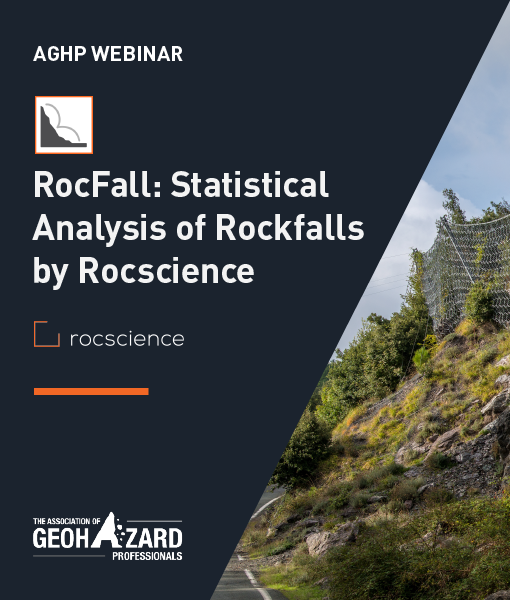View this webinar on-demand by logging into the Member Center. If you are not a member, we encourage you to join.
RocFall: Statistical Analysis of Rockfalls by Rocscience

Presented By:

Ellen Yeh, M.Sc., P.E., S.E.
Geotechnical Software Developer, Rocscience Inc., Toronto, Ontario
Ellen is a Geotechnical Software Developer with over 12 years of engineering experience.
Ellen earned her B.S. in Civil Engineering from the University of Toronto and completed her M.Sc. in Civil (Structural) Engineering from the University of California – Berkeley. She worked as an intern at Rocscience Inc, a world-leading 2D, and 3D civil, mining, and geotechnical software company, during her undergraduate years. Ellen began her career as a structural engineer, specializing in structural and seismic analysis, designs, and detailing. In 2015, she came back to work at Rocscience Inc. as a researcher and geotechnical software developer. She helped develop RocFall, RocPlane, RocSupport, Swedge, Unwedge, RocTopple, Dips, etc.
